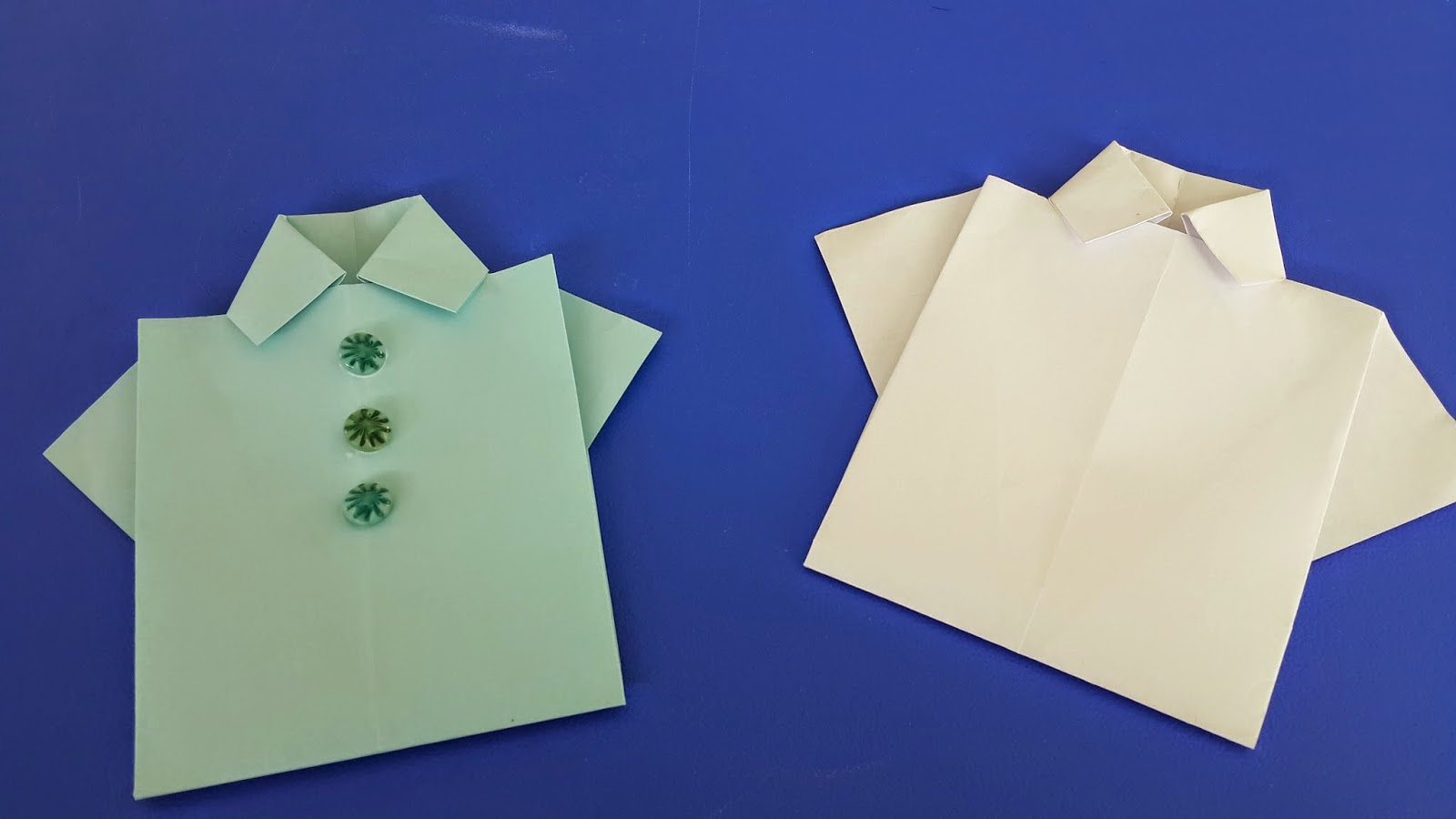Our Open Days are open for everyone and you will have the opportunity to meet our staff, find out more about our services, visit the classrooms and look around the impressive facilities at our kindergarten! Want to know what is happening at our Open Day on 11th & 12th April? Please come and visit us to find out more and plan your weekend with us!
We are offering the Coupon of Penang Amazing World. Don't miss it! If you have any questions about visiting us, then please contact us at 016-4438001 or 019-5976071 :)
.jpg)




















.jpg)

























